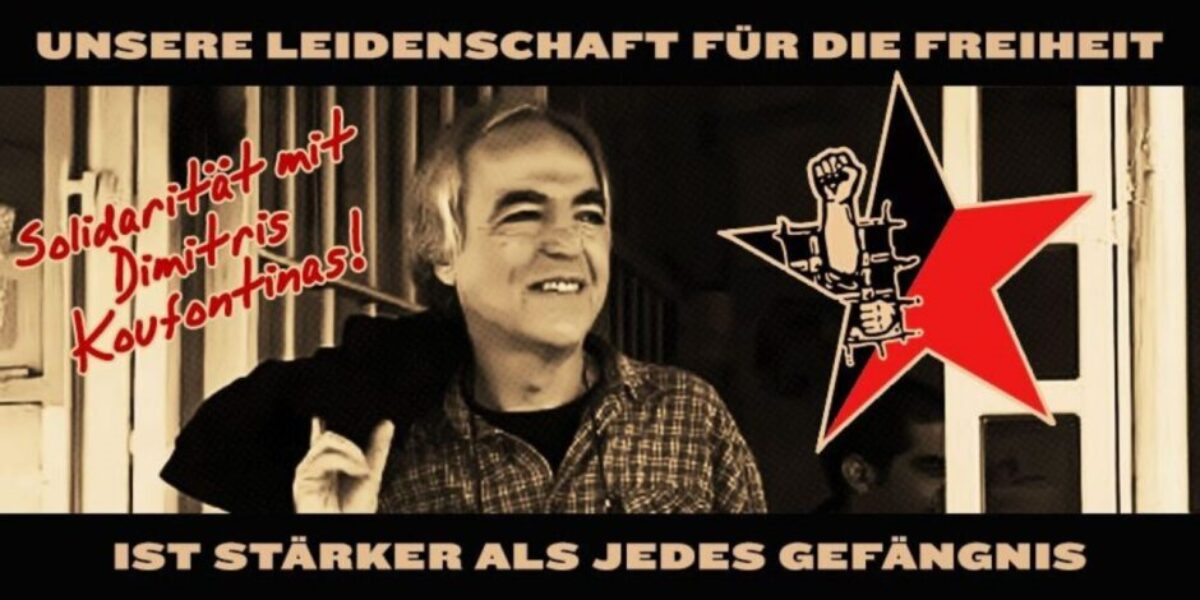
Donnerstag, 10.10.2024 | 18:30 Uhr | La Casa Wurzener Straße 6, 12627 Berlin
Anreise: U5 Louis-Lewin-Straße | Bus 195 Oschatzer Ring
📣 Aufruf: https://www.instagram.com/p/DAsijGGsZFW/ – @lacasahellersdorf
#b1010 #LaCasa
kostenlos| leider nicht barrierefrei (Treppen am Eingang, Rolliklo vorhanden)
Kürbissuppe ab 21Uhr
Die „Novemberrevolution“ 1918 hat es gerade so ins landläufige Geschichtsbild geschafft, zumindest unter Linken geht sie noch bis Januar 1919 weiter. Der Höhepunkt der revolutionären Bewegung im Februar und März 1919 ist hingegen unter den diversen historischen Siegererzählungen fast verschwunden, was auch die Rückschau auf die weiteren Massenstreiks, Sozialisierungen und Erhebungen bis 1923 sowie die Folgegeschichte prägt. (Nazis redeten nicht gern genauer darüber, wen sie da zusammengeschossen hatten und für wen; die SPD redete gar nicht gern darüber, auf wen sie die ersten Nazis so alles hat schießen lassen; die KPD redete nicht ganz so gern darüber, auf wen geschossen wurde, wenn es nicht ihre Leute waren oder sich zumindest als solche reklamieren ließen.)
So ist das wichtigste revolutionäre Vorbild in der deutschen Geschichte genau deshalb fast vergessen, weil es in so hohem Maß selbstorganisiert war und damit nicht in die übliche nationale wie antinationale Vorstellung vom Deutschen passt, sich weder für Vereinnahmung noch als Schreckbild anbietet. Gleichermaßen in Vergessenheit geraten sind die Konsequenzen: Sowohl der Aufstieg des Nationalsozialismus als auch sein konkretes Erscheinungsbild – mehr als bei jedem anderen Faschismus eine Verkleidung als Arbeitskräfterevolution – erscheinen ohne diese Vorgeschichte kaum begreiflich.
In dem Vortrag wird eine andere Perspektive auf dieses einschneidende historische Ereignis geworfen und Geschichte von unten erzählt.
Die Veranstaltung wird gefördert durch die Rosa-Luxemburg-Stiftung.
🔥Revolution in Germany 1918-23🔥
Thursday, 10.10.2024 | 06:30 | La Casa Wurzener Straße 6, 12627 Berlin
Arrival: U5 Louis-Lewin-Straße | Bus 195 Oschatzer Ring
📣 Call: https://www.instagram.com/p/DAsijGGsZFW/ – @lacasahellersdorf
#b1010 #LaCasa
free of charge| unfortunately not barrier-free (stairs at the entrance, wheelchair available)
Pumpkin soup from 9pm
The ‘November Revolution’ of 1918 only just made it into the popular historical narrative, but at least among left-wingers it continued until January 1919. The high point of the revolutionary movement in February and March 1919, on the other hand, has almost disappeared under the various historical narratives of victory, which also characterises the retrospective view of the further mass strikes, socialisation and uprisings up to 1923 as well as the subsequent history. (The Nazis did not like to talk about who they had shot up and for whom; the SPD did not like to talk about who they had let the first Nazis shoot at; the KPD did not like to talk about who was shot at unless it was their people or at least could be claimed as such).
The most important revolutionary role model in German history has almost been forgotten precisely because it was so highly self-organised and therefore does not fit into the usual national and anti-national conception of the German, neither lends itself to appropriation nor as a frightening image. Equally forgotten are the consequences: both the rise of National Socialism and its concrete appearance – more than any other fascism, a disguise as a labour revolution – appear almost incomprehensible without this prehistory.
The lecture will take a different perspective on this far-reaching historical event and tell history from below.
The event is sponsored by the Rosa Luxemburg Foundation.
